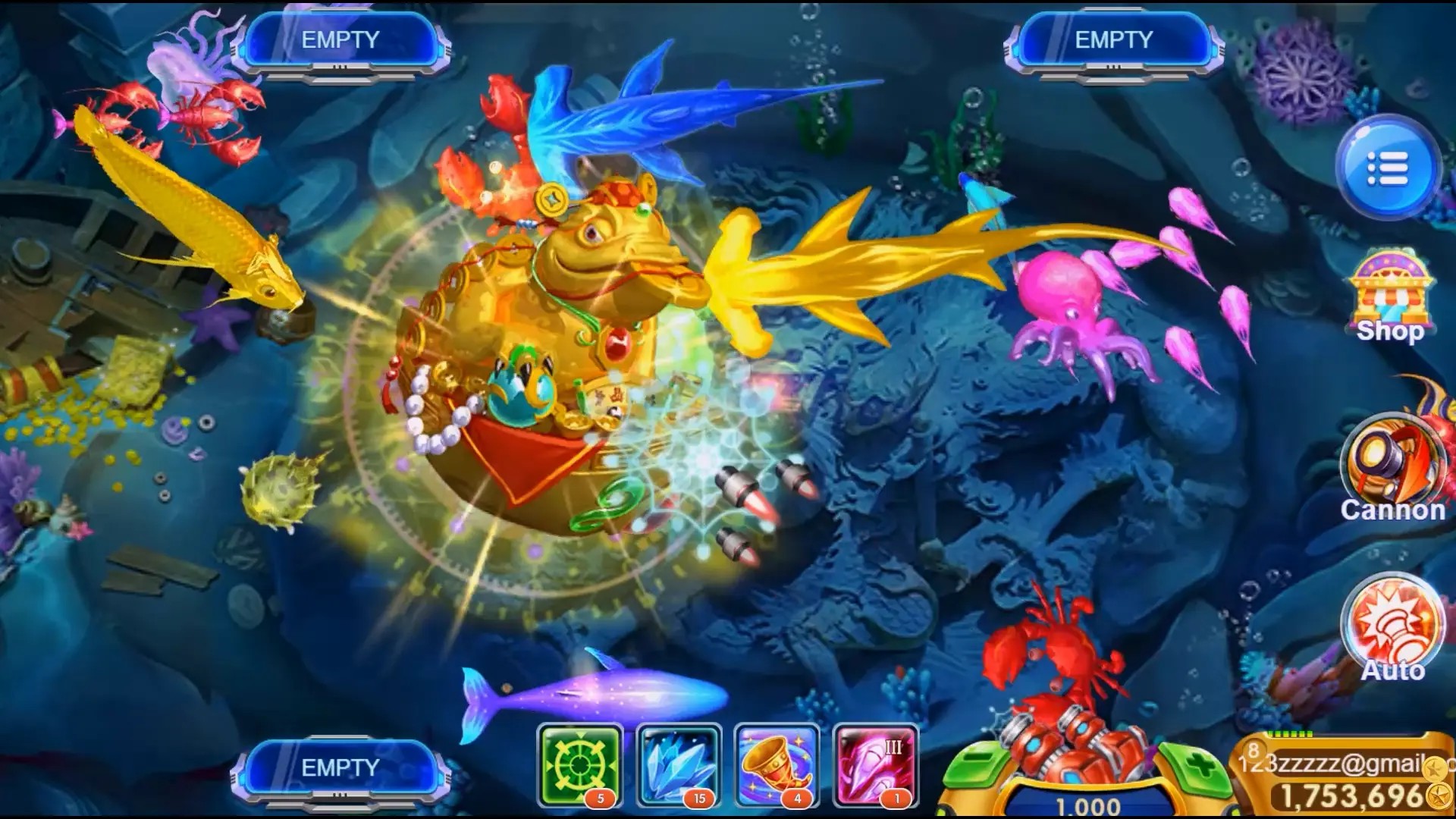If your craving for epic quests and fierce rivalries can't be satiated by standard MMORPG fare, here’s something new to try: turn-based elements that add strategy without chaos. Games like Clash of Clans might seem simplistic at first glance—they are actually rich with tactical nuance. You could spend hours optimizing village layouts, calculating resource allocation cycles or fine-tuning troop synergy combinations. And who'd forget the thrill when raiding someone's base knowing there isn’t a split-second reaction time advantage? If this appeals to you, stick around. We’re peeling back the layers behind these mechanics—and yes—we'll explain how to squeeze more power from those unassuming "chip-and-potato" titles.
Table of Contents
- The Strategic Turn In Mmorpgs
- Clash Of Clans: A Case Study For Deeper Gameplay
- Why You Should Care About Turn-Based Elements in Epic Mmorpg Universes
- Optimizing Base Design Like A Pro (Using Chip-Style Logic)
- Balancing Risk-Reward Through Timed Moves
- (Yes?) Letting Luck Have Some Voice: When Randomness Helps
- Building Your Empire With Strategic Farming Timing
- When to Pause Upgrades: The Art Of Cost-Delay Tactics
- Team Vs Autonomy: Making Alliance Or Go Solo Choices Smarter
The Strategic Turn in MMORPGs
| Classic MMO | TBS-MMO Hybrids | Examples |
| Fast-paced action | Calm calculation moments embedded in real-time worlds | World of Warcraft vs Clash Royale x Clash of Clans mash-ups |
| Instant reaction needed | Tactical planning windows between actions encouraged | Hearthstone + RuneScape fusion experiments seen recently |
Clash Of Clans: A Case Study For Deeper Gameplay
You may have shrugged off games looking like potato graphics—but looks decieve. CoC's brilliance lies beneath skin deep art style: - Troop combos need calculated stacking. - Attack patterns aren’t random guesswork if played skillfully. - Defensive layer placements matter more than fancy skins. **Realize This**: Even though it seems basic—you're running simulations with limited data each time. Try replaying same battle setups twenty times; notice different win probabilities due minor layout variances or defender positions changes? Herein lives challenge beyond casual impressions.Why You Should Care About Turn-Based Elements in Epic MMORPG Universes
Because real life doesn’t throw combat rounds with instant timers constantly does it? TBS systems simulate decision trees found in actual conflict environments—think chess meets cyberpunk sprawl:- Perspective shifts: Don’t always see immediate outcomes.
- Diverse player appeal: Draws brainiacs and adrenaline chasers thanks to dual modes sometimes available.
- Sustainable progression pace: Doesn't favor people glued to phones.
Optimizing Base Design Like A Pro (Using Chip-Style Logic)
Sure, flashy walls look fun - but ask any seasoned strategist... what matters is defense prioritization flowchart logic. Think of walls as 'filters':- Inefficient loops waste attack potential!
- Use wall gaps to guide invader behavior—not just lockout access randomly.
- Traps must align to exploit path finding quirks.
Balancing Risk-Reward Through Timed Moves
Every upgrade costs. And every attack demands recovery cooldown. This is intentional: developers make you *pause*. Consider consequences before tapping "Deploy": Example from personal testing logs: Player Profile: Mid-tier, active two months Resource Hoarding Rate: Average gain/day = 765k gold (with normal activity) War day spike: ≈1.2M+ gold gained after successful raids BUT… attacking 3× weekly drained average savings faster (approximate net loss per attempt -35k). Conclusion? Don't rush assaults on impulse—plan coordinated strikes only after full readiness checklists. Which brings us neatly to next section:(Yes?) Letting Luck Have Some Voice: When Randomness Can Still Make Sense in Planned Strategies
PVP matches rarely repeat exact outcomes even under tightly controlled parameters because some variance adds flavor! Here are situations where randomness enhances—instead of hurting—an experience: ✅ Troop spread upon hitting ground slightly varied ✔ Boss targeting focus not fully scripted ✅ Loot reward tiers randomized within min/max thresholds This makes battles replayable. It also gives underdogs room to pull surprises. Just keep randomness percentages low (<20%), ensuring skill still dominates long term ranking curves.Building Your Empire With Strategic Farming Timing
Familiar tactic—maxing builders on resource structures early then switching attention mid-game. But advanced players tweak differently based on threat levels. For reference: During week-one building frenzy prioritize: - Builders' Cottage → Gold Mines → Army Camps. By day fifteen consider: Pause gold mines & shift towards clan capabilities. Remember—the strongest offense often begins with invisible prep stages no enemy notices! Key points:-
• Resources dictate war capacity. Never neglect farms completely. • Clan support structures enable group coordination. • Defensive hubs act as deterrents preventing unwinnble clashes altogether.
When to Pause Upgrades: The Art Of Cost-Delay Tactics
Counter-intutive perhaps—pausing upgrades at precise % increases efficiency. How? Here’s raw test data observed by tracking daily activities: User A invested everything at once: Total spent: ~1.8M resources across 3 days User B delayed upgrade start until after raid: Resources saved during wait: ≈1.34M Post-battle funds allocated post-raid success ≅2,45K extra income Results? Player “B" maintained buffer reserves AND upgraded effectively despite delaying builds. Lesson here: never underestimate downtime for resource regeneration.Team vs Autonomy: Making Alliance or Go Solo Choices Smarter
MMORPG multiplayer modes offer optional team benefits through alliance systems—CoC-style leagues being perfect examples: Pros: - Extra storage via donations - Boost morale during long campaigns - Share intel about high-value attackers/regions But here's risk involved: Some allies drag team score by failing repeated missions. Over dependence means lost agency in late stage independence phases. Make careful call based upon: ✔ Skill parity across group members ✔ Reliability factors tracked over 7-14 game days minimum ✔ Mutual benefit alignment for ongoing participationQuick Recap On Choosing Strategy Pathways:
TOP FIVE CONSIDERATIONS: 1. Base architecture > flashy upgrades. Build foundations smart first. 2. Random variance spice fights fatigue but shouldn't determine wins solo. 3. Balance attack-defense-resource management wisely — ignore none excessively. 4. Pausing certain build queues strategically preserves reserves better than reckless spending bursts. 5. Evaluate team play value cautiously—if group fit works well it accelerates success tenfold.Now that you've peeked into hidden mechanics shaping so-called simple TBS-attached-MMORPG games like "chips-on-pixel-screen" classics... Will they feel too simplistic again after applying nuanced perspectives we’ve shared here? Let us know your verdict. We’d love updates on experiments you’ve tried yourself. Share tactics? Win stories maybe? Until next adventure, Keep strategizing outsmart others 😉.



